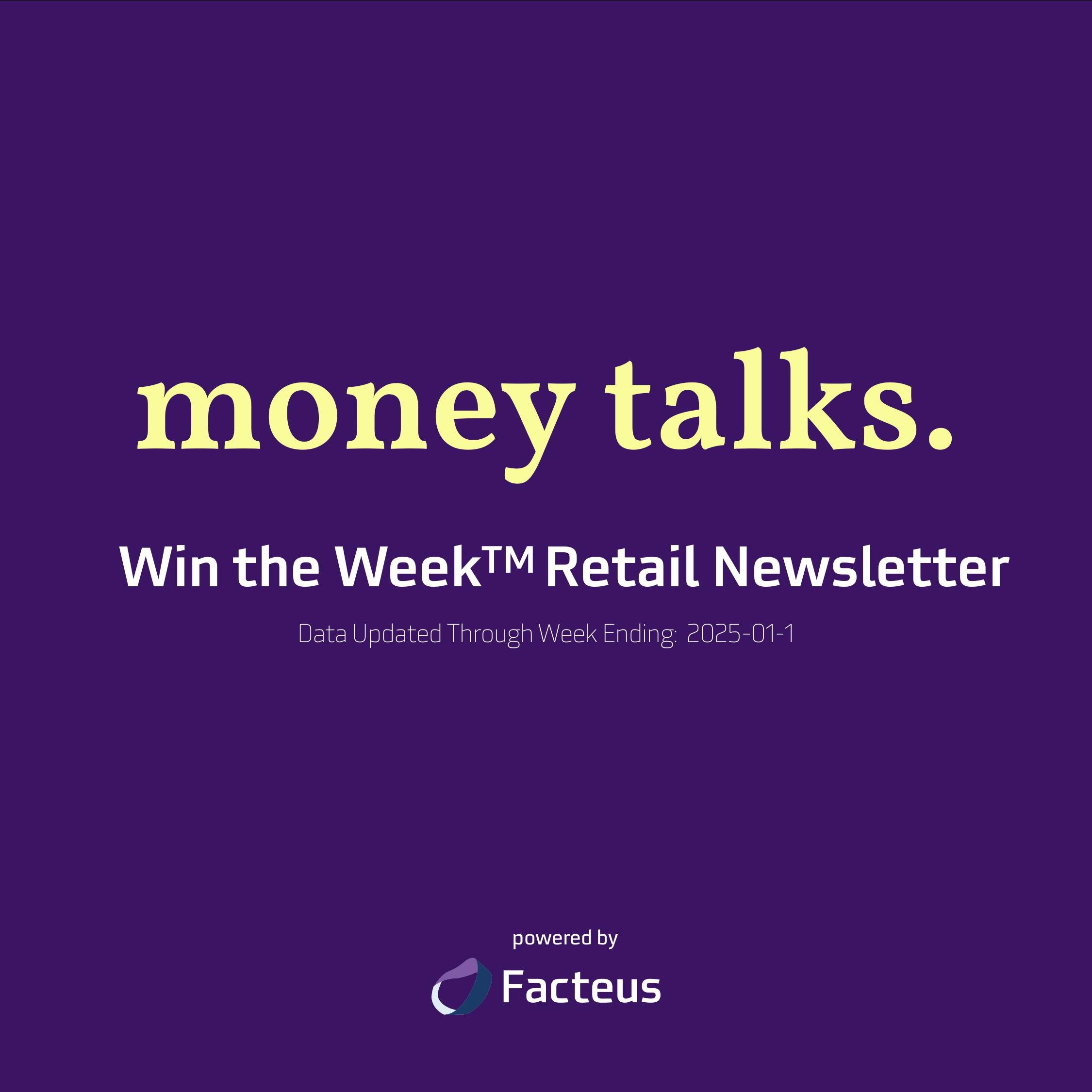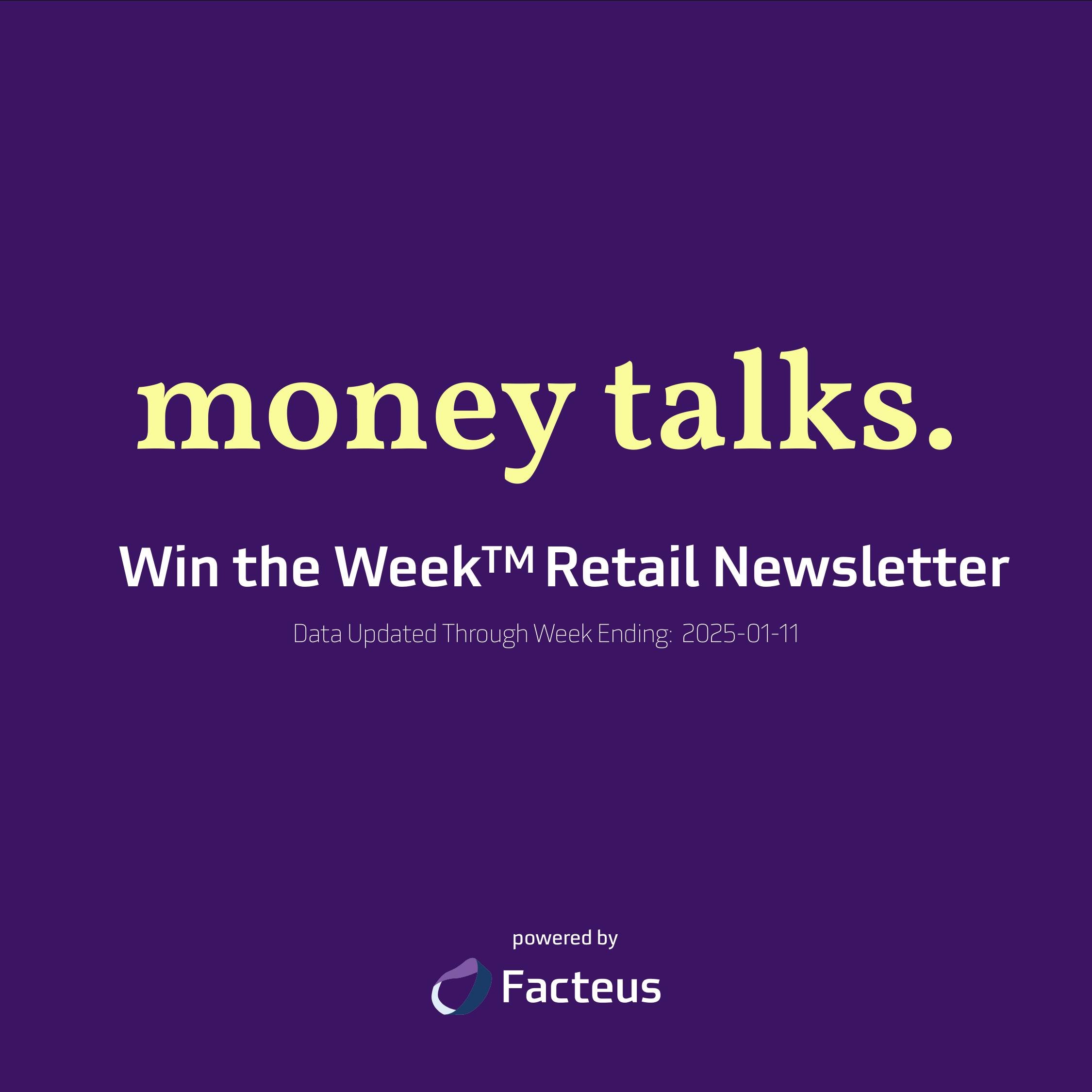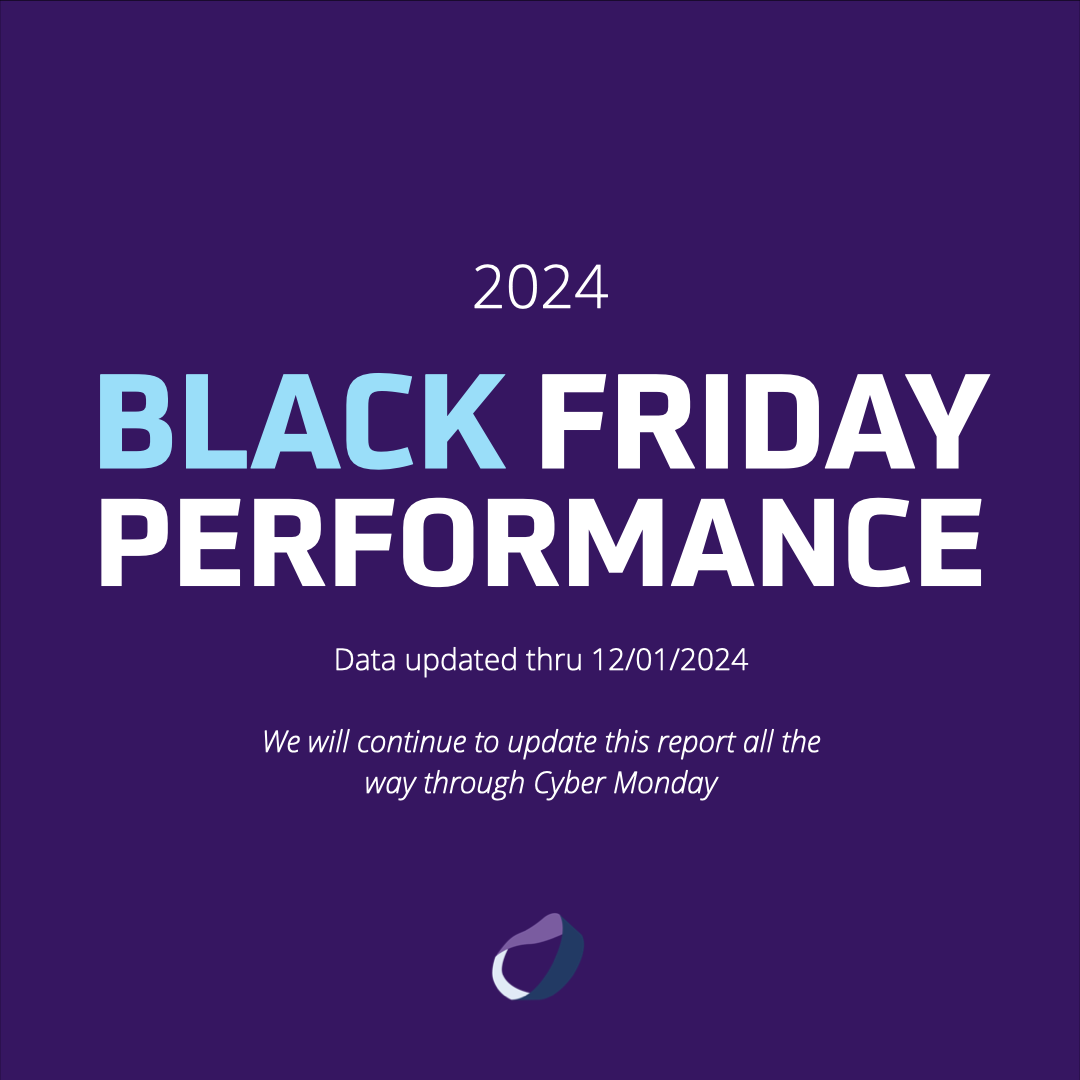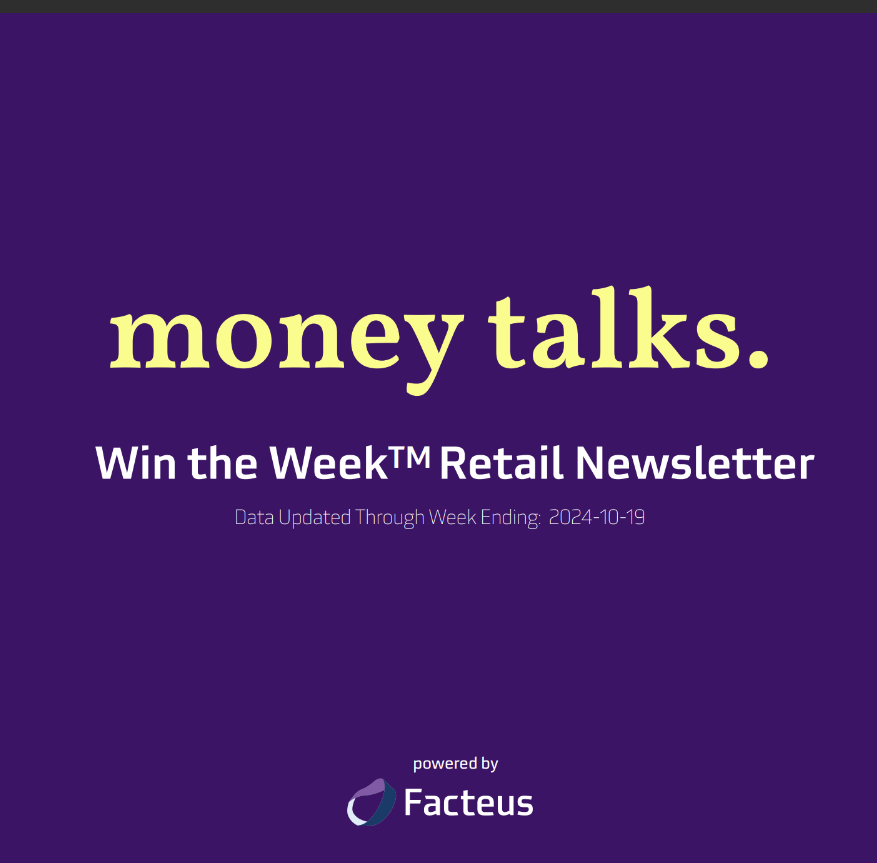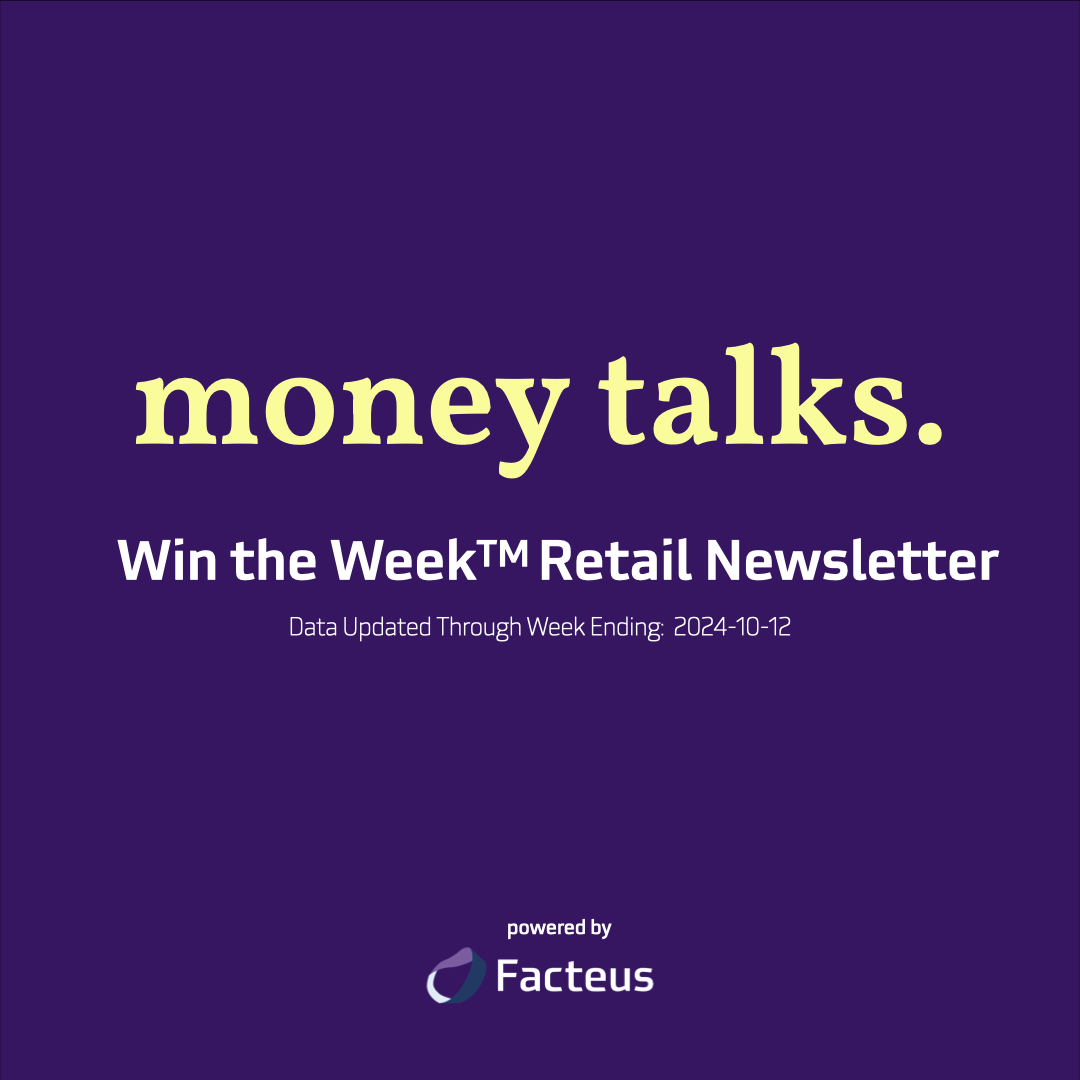What 2024 Amazon Prime Day Data Reveals About Consumers & Current Retail Shopping Trends
The data for Amazon Prime Day 2024 is in, and it’s uncovering some fascinating shifts and snowballing trends for Amazon, as well as the wider retail industry.
Continuing to track Prime Day spending, the Facteus team dug into the latest numbers, comparing them to 2023 Prime Day, Big Deal Days (in October 2023), and recent findings from our Win the Week™ series.
With that, some crucial insights about consumers and ever-evolving trends in retail spending emerged.
Discover those below, starting with a by-the-numbers overview of 2024 Amazon Prime Day sales.
2024 Prime Day Data at a Glance
Held on July 16 and 17, 2024, Prime Day is a 2-day (48-hour) sales event, with moderate to heavily discounted products.
Originally launched to celebrate Prime members and commemorate the 20th anniversary of Amazon’s founding, Prime Day has become a major annual sales event, spurring a fall counterpart with October Big Deal Days, as well as copycat events among other retailers.
2024 Prime Day by the numbers:
1. Total Spending, Year over Year (YoY): ↑ 1.4%
Notably, last year’s Prime Day sales grew more than four times faster than this year’s sales, with ~6% YoY growth for 2023 Prime Day when compared to the 2022 event. Looking at 2023 Big Deal Days in October, the growth is more on par with current data. That’s because there was only a ~2% jump in sales during the October 2023 Prime sales event.
2. Average Ticket Price, YoY: ↑ 6.4% YoY
While YoY ticket prices were not available, during the week leading up to 2024 Prime Day, average ticket prices shot up ~2.5% to top out at nearly $67. That reversed a 5-week trend, during which the average ticket price at Amazon dropped by ~0.3% to 5%. Looking back to last year, we know that Amazon stated that 2023 Prime Day was the “single largest sales day in company history” at the time.
3 Key Insights from 2024 Amazon Prime Day Data
A deeper dive into the latest transaction data pulls back the curtain on what the numbers may truly mean in terms of consumers’ mindsets, the latest shopping trends, and what may be around the corner for 2024 Big Deal Days, Black Friday, and other end-of-year sales events.
1. Inflation remains a major concern among shoppers.
Seemingly ever-present this year, inflation continues to be at the forefront of consumers’ minds and purchasing decisions.
Sensitive to price hikes and shrinkflation, shoppers didn’t splurge as much during 2024 Prime Day, despite retailers’ tempting discounts.
In fact, the higher ticket prices in 2024 are more likely an artifact of inflation, rather than a sign of consumer confidence in the form of more spending.
That’s because the average shopper didn’t buy or get more in 2024, although they paid more.
Still, many experts have interpreted even the slight increases in 2024 Prime Day spending as indications of consumers’ perseverance and their ability to withstand existing market conditions (at least for now).
That silver lining is worth keeping sight of, and it’s a reason many remain optimistic, despite current volatilities.
2. Millennials seem to be the most gun-shy shoppers.
While Gen Z, Gen X, and Baby Boomers all spent more during the 2024 Prime Day sales event, Millennials did not, spending ~1.3% less than they did in 2023.
As the only generation to pull back its 2024 Prime Day spending, Millennials stood out as being:
Particularly price conscious
More likely to be impacted by current market pressures
A possible harbinger of declines in holiday retail spending at the end of 2024
This is a key shift in Millennial Amazon spending. In fact, historically, Amazon has relied on a Millennial consumer base that has more flexible purse strings. What may be more remarkable here is the fact that Millennial shoppers did not reduce their spending at competitors over the Prime Day event. So, maybe the discounts or the items discounted simply weren’t “worth it” for Millennials shopping at Amazon.
3. Retailers cannot necessarily rely on the “rising-tide” effect from Prime Day.
Traditionally, Prime Day has been a time when other retailers can get in on the action, running concurrent sales events while consumers are in shopping mode.
In years past, that’s meant that Target and many smaller retailers tend to enjoy some “spillover,” with a rising tide for Amazon lifting many boats in the retail sector.
That wasn’t the case this year, with sales boosts not necessarily extending to retailers who were able to count on them in the past.
Similarly, Walmart — a retailer that usually sees sales decline during Amazon Prime Day events — was able to mitigate its losses with minimal drops this year. While that could speak to discount-minded, price-focused shoppers, it also highlights stronger customer loyalty to Walmart these days.
Why 2024 Prime Day Data Matters
Analyzing the latest 2024 Prime Day data can inform retailers and key industry players about how consumers, shopping trends, spending patterns, brand loyalty, and more are changing.
With that retail market intelligence, leaders and key decision-makers can refine their strategies, improve their positioning with consumers, and discover novel ways to get ahead and sharpen their competitive edge.
To unpack how retailers are getting better at reading consumers' minds, check out this guide to the power of retailer transaction data.
About Facteus
Facteus is a leading retail transaction data provider, recognized nationwide for unparalleled data sets, trailblazing data tools, and excellence in the alternative data industry.
Specializing in turnkey solutions for better decisions in real-time, Facteus gives retailers across several sectors the opportunity to unlock greater insights from CPG data, debit and credit card transaction data, SKU-level data, and more.
That’s why more retailers, investors, and others rely on Facteus data when it’s time to supercharge their strategy, forecasting, and customer loyalty with unprecedented growth.







